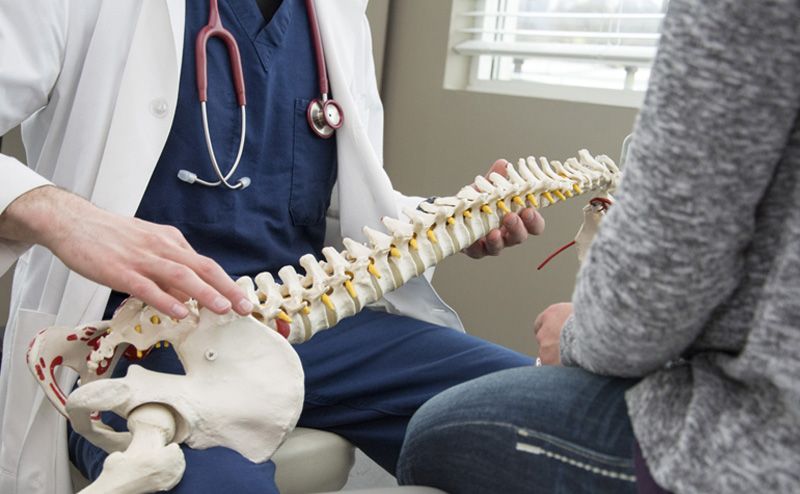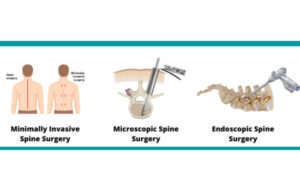
What is Minimally invasive spine surgery (MISS) ?
📅 Published on June 26, 2021
As the name suggests surgery done using small incisions and minimal tissues destruction is called MISS
Traditionally spine surgery involved large cuts with extensive muscle dissection and cutting thus leading to loss of normal anatomy and destruction of normal tissue and muscles.
MISS aims to achieve the same results while minimizing the disruption of normal tissue and anatomy.


Traditional spine surgery needs long incisions and cutting and retracting large muscles to reach the actual area of pathology.

By using tubular dilators and retractors and modern microscopes the same results can be achieved by using small incisions with minimal tissue destruction.
What procedures can be done using MISS:
Microdiscectomy :
This is the most common surgery which can be done . Using a small 14-18mm inscions the abnormal disc can be removed giving relief . Surgery takes 60-90 min and if needed patient can be sent home the same day.

Lumbar canal Stenosis:
Common issue in the elderly this is because of thickening of the soft tissues and joints in the spinal canal.When it causes severe symptoms may need surgery. It can be at multiple levels also. Upto 2 concurrent levels can be treated with a 18mm incision like shown in the picture.

Spinal Tumors:
Some tumors of the spinal canal if surgically favourable can be removed completely with the same incision.

By using this 18mm various surgeries such as microdiscectomy, spinal canal decompression for stenosis and even spinal tumors can be done. Reducing the patients hospital stays, post op pain and duration of recovery.
N Spinal fusion\TLIF
Some patients may have a condition called spinal lysthesis where there is slippage of the vertebral bodies . This may be due to a defect since birth or due to loosening of joints over time. These patients require stabilization of the bone along with decompression of the nerve roots if needed. MISS is really useful here as it significantly reduces the extent of muscle cutting and stripping thus reducing the post surgery complications and shortening the recovery time.



Spinal Infections:
Spinal infections which can be cases of extensive tuberculosis with bone destruction or cases of bacterial infection especially in the eldery, create a unique challenge where extensive surgery may put the patient in high risk of medical complications or infection.

Elderly gentleman with history of multiple infections and inability to move due to severe pain . CT showing extensive destruction of bone due to infection.


Immediate post op picture: Rather than a long single incision with extensive muscle cutting , the surgery has been done using multiple small cuts and muscle dilatation. The patient could be mobilized the next day and had significant reduction in pain.

Spine has been stabilized using multiple screws and rods using a MIS technique
Is MISS surgery as effective as open surgery:
Multiple trials across the world have repeatedly shown that MISS surgery outcomes are as good as open surgery. They have also shown that the surgical blood loss, duration of hospitalization and rates of post surgical infections are significantly less in MISS as compared to open surgery.
It is also thought that as MISS causes minimal disruption of normal anatomy , chances of surgical failure may be less
Are they any disadvantages to MISS surgery \Why doesn’t everyone do it if it’s better than open surgery?
MISS surgery entails a long learning curb for every surgeon. It need very specialized equipment in the form of microscopes, drills, specialized C arms which are not available in smaller hospitals .
In expert hands it’s better for the patient in every aspect.


